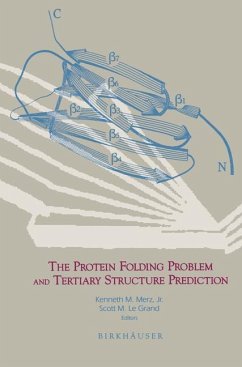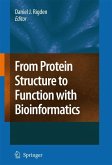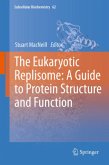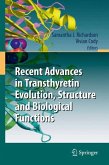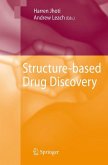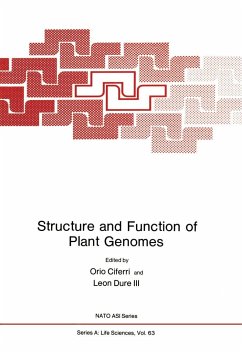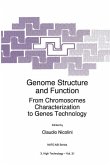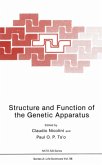A solution to the protein folding problem has eluded researchers for more than 30 years. The stakes are high. Such a solution will make 40,000 more tertiary structures available for immediate study by translating the DNA sequence information in the sequence databases into three-dimensional protein structures. This translation will be indispensable for the analy sis of results from the Human Genome Project, de novo protein design, and many other areas of biotechnological research. Finally, an in-depth study of the rules of protein folding should provide vital clues to the protein fold ing process. The search for these rules is therefore an important objective for theoretical molecular biology. Both experimental and theoretical ap proaches have been used in the search for a solution, with many promising results but no general solution. In recent years, there has been an exponen tial increase in the power of computers. This has triggered an incredible outburst of theoretical approaches to solving the protein folding problem ranging from molecular dynamics-based studies of proteins in solution to the actual prediction of protein structures from first principles. This volume attempts to present a concise overview of these advances. Adrian Roitberg and Ron Elber describe the locally enhanced sam pling/simulated annealing conformational search algorithm (Chapter 1), which is potentially useful for the rapid conformational search of larger molecular systems.
Bitte wählen Sie Ihr Anliegen aus.
Rechnungen
Retourenschein anfordern
Bestellstatus
Storno

